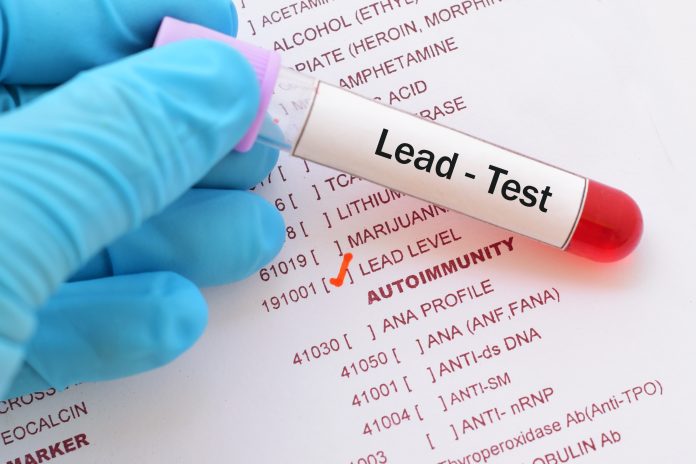A pioneering study, the Elevated Childhood Lead Interagency Prevalence Study (ECLIPS), has launched in Leeds to screen children aged 1–6 for lead exposure using home-based finger‑prick blood tests, soil and dust sampling, and surveys
Northumbria University has launched the UK’s first citizen‑led study to screen children for lead exposure. The pioneering project, called the Elevated Childhood Lead Interagency Prevalence Study (ECLIPS), utilises home-based finger-prick blood tests, environmental sampling, and surveys to identify hidden lead risks in homes. Backed by UK Research & Innovation, the study aims to protect children aged 1–6 and revolutionise how the UK detects and prevents lead poisoning.
Lead exposure in children is dangerous
Starting on 17 November 2025, letters will be sent to approximately 150,000 households in Leeds to participate in the study, to build a research cohort of 500 participants aged between one and six years old. The findings of this study could have a significant impact on public health policies and practices.
Professor Jane Entwistle, project lead and Associate Pro Vice-Chancellor for the Faculty of Science and Environment at Northumbria University, said: “There have been regulatory interventions that have successfully reduced the levels of lead in petrol, paint, plumbing, drinking glasses, kitchen items and toys.
“However, lead pollution remains common in the environment, being found in soil, water, dust, food and air, and many children are therefore still affected by exposure.
“Pregnant women, unborn babies and children are especially vulnerable, and even low levels of exposure can reduce a child’s attention span, diminish their school success and increase aggressive behaviour.’’
Lead exposure is harmful to children and can cause damage to the nervous system, delayed growth and hearing loss.
According to UK Health Security Agency data, those most affected are young males aged one to four years old, who are more commonly living in deprived areas and in older housing. The primary sources of exposure include contaminated soil and paint. Children with learning or developmental difficulties are at a higher risk of exposure to lead. Eighty-two per cent of reported cases under investigation displayed pica behaviour (the persistent eating of non-food items), and 69% experienced learning difficulties.
Reaching out to families living in Leeds
Leeds was selected as the pilot location for this study as data showed that the Yorkshire and Humber region has reported the most cases of childhood lead poisoning over the past decade. Researchers believe similar numbers could be reflected in other areas of the UK, but the lack of awareness means fewer children are being tested.
Dr Carys Lippiatt, Consultant Clinical Scientist in Biochemistry at Leeds Teaching Hospitals NHS Trust, said: “At the moment, if we need to test a child for lead exposure, they have to come into a clinic for a venous blood sample test. This process takes time for both the family and the healthcare professional, and is often distressing for the child. However, since the COVID-19 pandemic, home testing has become more widely accepted.
This new technique collects an accurately measured blood spot from a finger prick, similar to that used by diabetic children to test blood glucose, allowing samples to be collected in the relaxed environment of the home without a healthcare professional.’’
If the pilot is successful, the methods could be used across the UK as part of a national screening programme, potentially reshaping the country’s public health strategy and adapted to test for other pollutants and diseases.








